At the Computing Conference 2020 last September, Zhu Shunmin, a researcher on Alibaba Cloud intelligent network products, announced the launch of Application Load Balancer (ALB).
In this blog, we will discuss the recent updates of this product and the new designs that have been made to its architecture, including features, disaster tolerance, protocols, and configuration.
Alibaba Cloud ALB is based on the Apsara Cloud Network Platform v2.0. Adopting the open and elastic network functions virtualization (NFV) technology, ALB provides users with flexible, elastic, and ultra-high performance instance specifications. This new product is sold in the form of a domain name. Its main primary disaster tolerance model provides users with a more stable service experience and greater elasticity. In addition to protocols, such as HTTP, HTTPS, and WSS, ALB also supports the QUIC protocol, which brings about an extremely low-latency experience to all short video and livestreaming users. In terms of product characteristics, ALB brings out many advanced forwarding features. Based on multiple forwarding methods, such as Header, Cookie, and Method, it can better meet users' needs of personalized routing forwarding. The launch of ALB has dramatically improved the core competitiveness of the Alibaba Cloud Server Load Balancer (SLB) product system. Consequently, more excellent experience is delivered to users in key configuration scenarios, such as forwarding rules, server groups, and multi-certification. In terms of configuration, the classic SLB provides asynchronous call interfaces to enhance concurrency access and quota capabilities. ALB supplements the region-level configurations, such as the server groups, access control, transport layer security (TLS), forwarding rule templates, and health check templates. With all these together, it offers easy-to-use and high performance product configuration capabilities.
With the rapid development of the Internet, network traffic consumption is increasing year by year. The user application system is subject to more traffic in a peak-valley effect. On-demand instance scaling and ultra-large specifications have become the key requirements for cost management. Under these circumstances, ALB was developed based on Alibaba Cloud's massive amount of computing and network resources with integrated software and hardware. It has also drawn support from the Apsara Cloud Network 2.0 NFV platform, which features flexible scheduling and efficient resource management. As a result, ALB addresses these requirements with flexible auto scaling and ultra-large specification capabilities brilliantly.
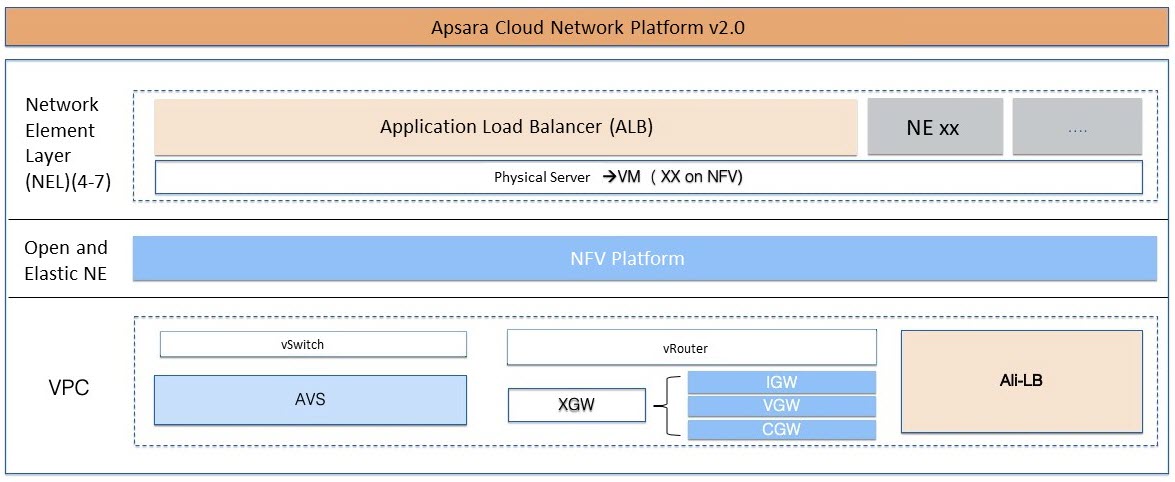
ALB is sold in the form of a domain name. There are VIP hosting services for each ALB domain name in the available zone selected by the user. VIPs in each available zone serve the main primary disaster tolerance mutually.
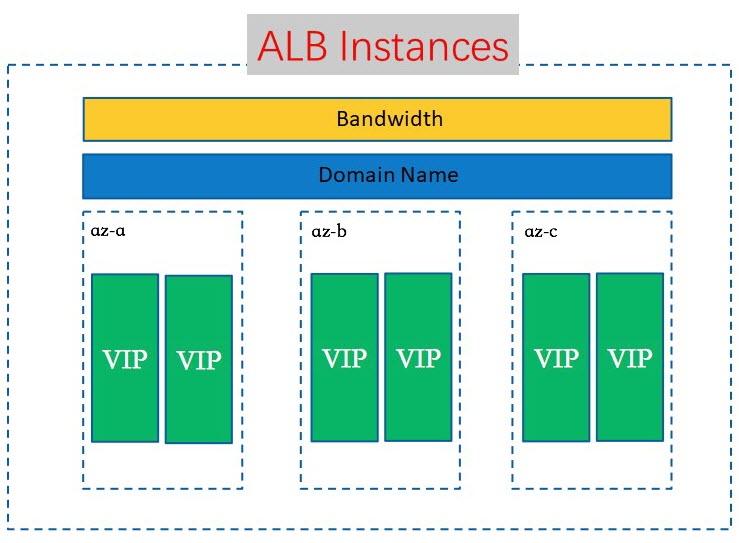
ALB can adjust the VIP capacity and the number of VIPs automatically according to the size of user traffic, which provides users with an extremely flexible experience. The costs are saved as much as possible and O&M expenses are reduced. ALB is equipped with powerful 7-layer processing capability. The 7-layer processing capability of a single instance can be up to 1 million QPS.
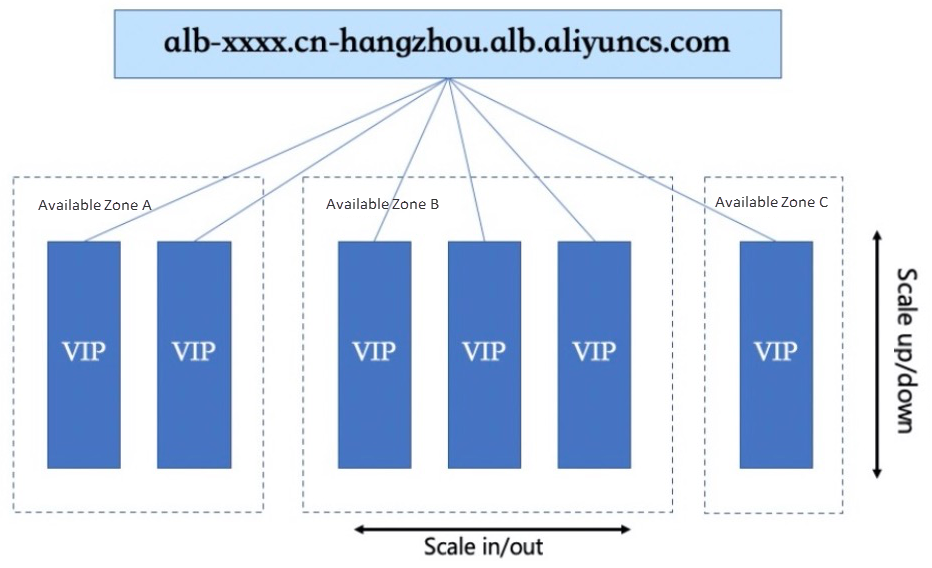
Since the advent of the Internet, various network optimization solutions have been emerging. The industry has been looking for better solutions to optimize network transmission to achieve more reliable and low-latency transmission. When the TCP optimization encounters a bottleneck, the advantages of UDP-based QUIC are becoming more obvious in establishing latency, controlling congestion, migrating connection, and resolving head-of-line blocking. Currently, ALB supports QUIC protocol versions, including Q46, Q44, Q43, Q39, Q36, and Q35.
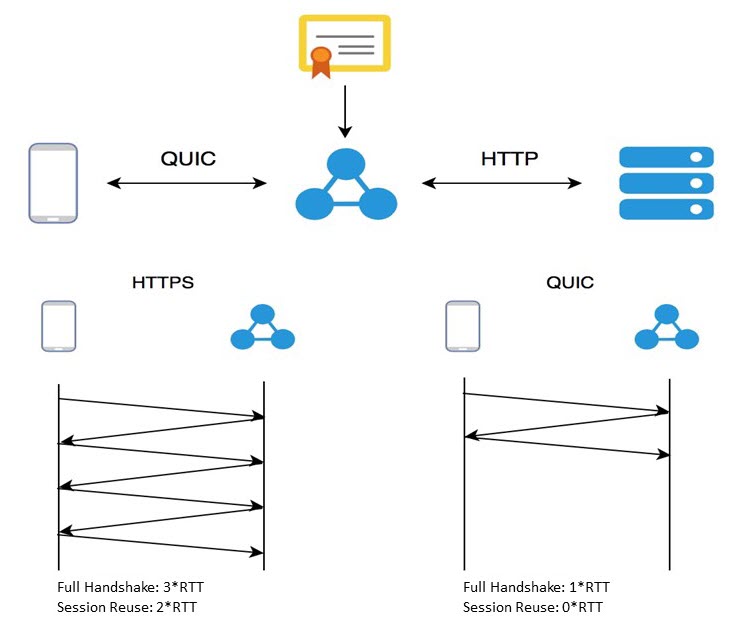
As user businesses are getting increasingly complex, various scenarios propose more diverse requirements on a load balancer. Let's take cloud-native scenarios as examples. The traditional domain name and URL forwarding modes can no longer meet the needs of fine release policies, such as canary release and blue-green release. In this context, the custom forwarding platform launched by ALB not only enhances the traditional domain name and URL regular configuration functionality but also supplements multiple forwarding methods, including Header, Cookie, and Method.
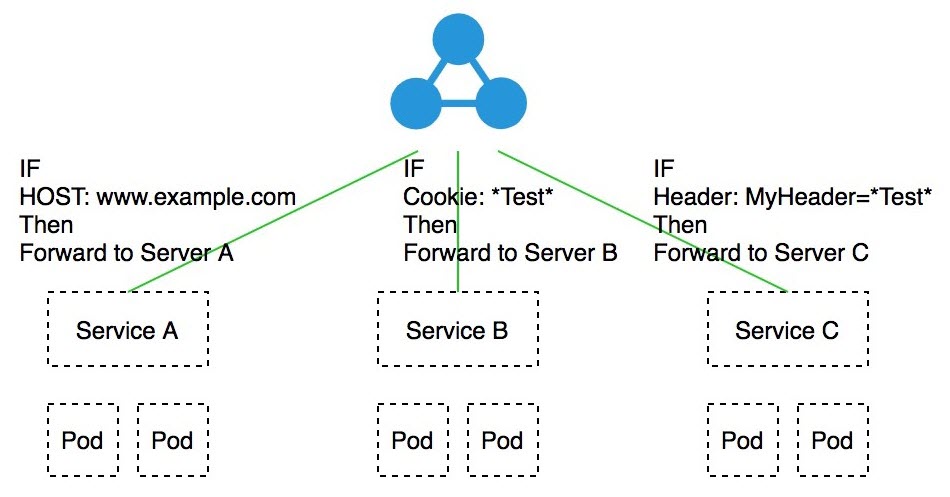
ALB also provides custom TLS policies. Users can select TLS versions and algorithm suites supported by their ALB instances based on the specific security requirements.
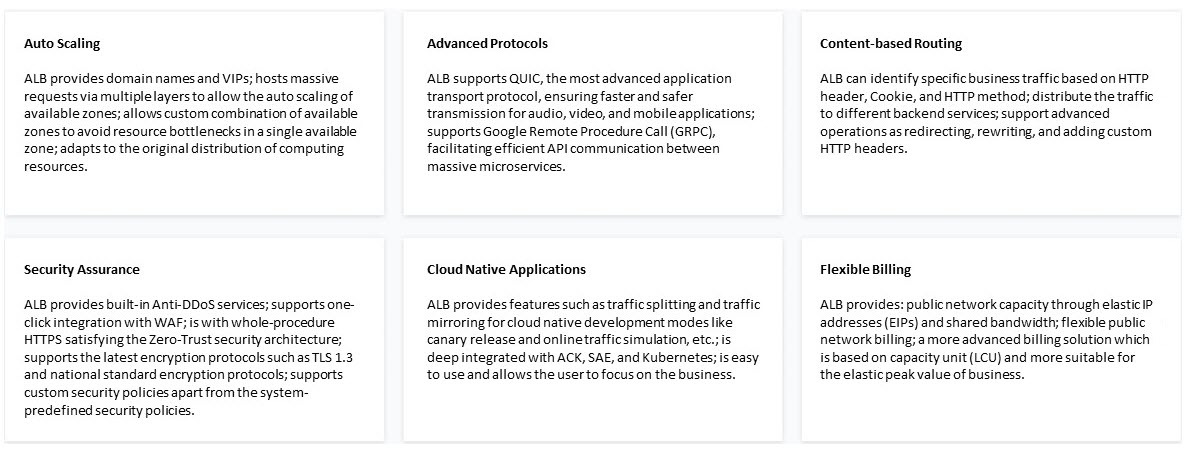
In terms of configuration, ALB supports asynchronous API that enables users to perform larger-scale concurrent configuration. With the quota capabilities improved, ALB can be integrated with business systems for simpler and more efficient use. Compared with SLB, ALB has many optimizations in configuration object models:
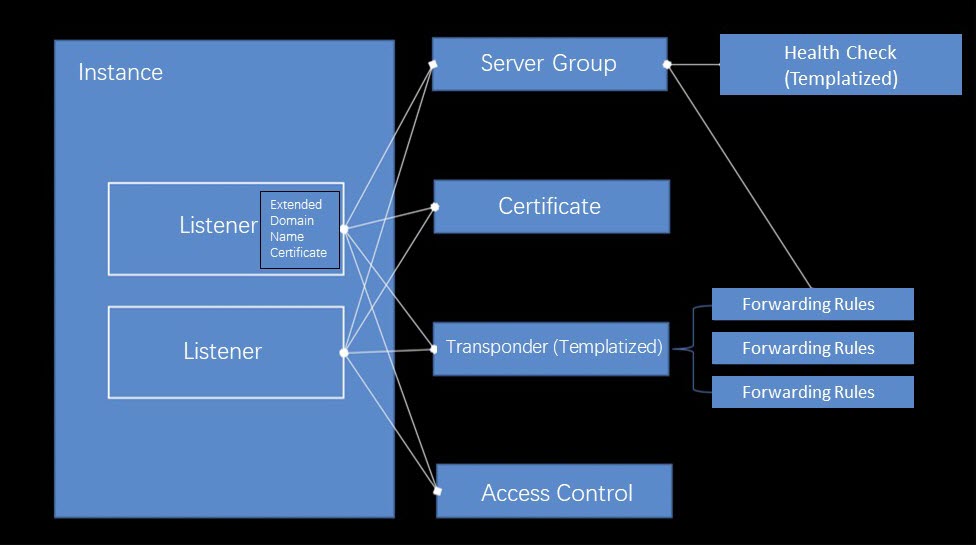
Alibaba Cloud ALB is now in service in the public beta. You are welcome to visit the following website for more information: SLB Product Introduction

19 posts | 11 followers
FollowAlibaba Clouder - October 12, 2020
Alibaba Clouder - April 27, 2021
Alibaba Clouder - October 12, 2020
Alibaba Cloud Community - June 5, 2023
Alibaba Cloud Community - September 1, 2022
Alibaba Clouder - February 24, 2021

19 posts | 11 followers
Follow Server Load Balancer
Server Load Balancer
Respond to sudden traffic spikes and minimize response time with Server Load Balancer
Learn More Accelerated Global Networking Solution for Distance Learning
Accelerated Global Networking Solution for Distance Learning
Alibaba Cloud offers an accelerated global networking solution that makes distance learning just the same as in-class teaching.
Learn More Networking Overview
Networking Overview
Connect your business globally with our stable network anytime anywhere.
Learn More Function Compute
Function Compute
Alibaba Cloud Function Compute is a fully-managed event-driven compute service. It allows you to focus on writing and uploading code without the need to manage infrastructure such as servers.
Learn MoreMore Posts by AlibabaCloud_Network